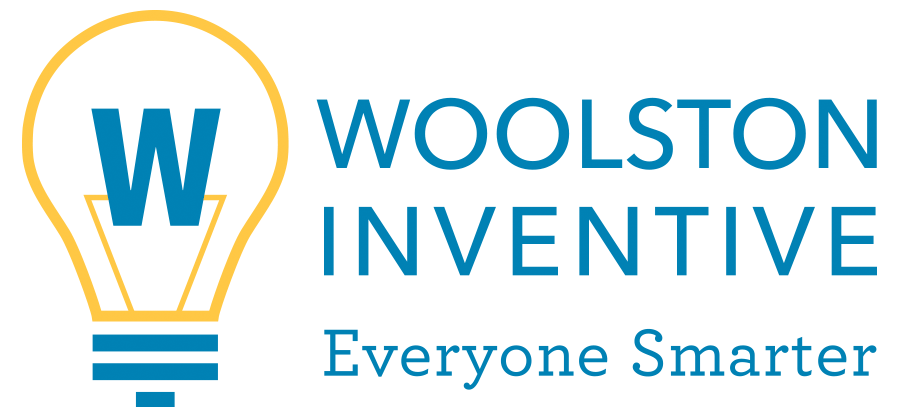Marian University: Science Programs
- pjwoolston
- Dec 28, 2024
- 3 min read
Updated: Jan 7
Situation
With a new osteopathic medical school, Marian University (a small private liberal arts university in the Midwest) found itself both increasingly attractive to a prospective student body looking for strong science programs and the underdog to the large state medical school system. To capitalize on this new opportunity, the school was looking for a way to grow its reputation as a destination for strong science programs that would prepare students well for med school whether they stayed there or went elsewhere.
Solution
We partnered with faculty in several science programs at Marian to compile and author new content that we could publish and distribute to students and teachers throughout the state, filling knowledge gaps and growing the budding brand.
We worked with Biology faculty to create a heavy cardstock (for durability), three-hole punched (to automatically indicate a home in school binders) reference chart. We captured and colorfully illustrated many of the fundamentals of cellular biology on one side: information on the molecular building blocks of life: nucleic acids, carbohydrates, proteins, and lipids; and fundamental information about cells on the other: cell models, organelles, the cell cycle, and mitosis versus meiosis.

This format proved to be so popular that we used it again in working with Mathematics faculty to build a reference chart for the fundamentals of algebra, geometry, and trigonometry. On one side we illustrated three distinct ways to calculate sine, cosine, and tangent values, including the “hand” method: a clever but less-known way of using the fingers on one hand to calculate those values for common angles. On the other side, we captured on a single page a vast array of formulas, graphs, and calculations that students are expected to learn but which usually are spread throughout a textbook or an appendix.

The Chemistry faculty had a passion for sustainability and waste management, so we identified a different opportunity with them, conducive to another format. We cited the principles of social, environmental, and economic imperatives of sustainability in a Venn diagram as defined by the United Nations, including labels for the intersections between them. Using the same source for waste management, we showed the Waste Management Hierarchy, locating “recycling” as desirable but less optimal than both reduction and prevention (not using or consuming to begin with).

For each of these, we captured them on a rectangular sticker that could be affixed to trash receptacles (with, of course, recyclable backings to peel off).

Success
Each of these initiatives was immensely popular. The sustainability and waste management stickers began popping up first all over campus, then throughout the neighborhood, finally extending throughout the city. Each of course was labeled with the university logo and website, and because the content was so valuable and relevant the stickers had immense staying power. Rather than just a “Marian University” sticker that would be neglected or even removed, these were protected because of the social and actual value of the information they conveyed at a glance.
The biology and mathematics reference charts provide to be highly effective recruitment pieces. Because they were such useful tools for middle school and high school students, teachers in those schools began asking us for stacks to pass out to their classes, essentially recruiting on our behalf. We also found a keen distribution mechanism in the university Education majors who found willing and eager recipients through their student teaching. Many of these students were still using these same reference charts as they graduated from high school. This is an incredibly effective recruitment technique in that it kept the university logo and website in front of students throughout their entire secondary schooling, precisely because it was such a powerful aid making them smarter.



